-
 © collection KOERS
© collection KOERS
-
 © collection KOERS
© collection KOERS
-

-
 © collection KOERS
© collection KOERS
-
 © collection KOERS
© collection KOERS
Track bicycle made by SHB, type racer, in Newport (New York), ca. 1890-1910.
Track bicycle made by SHB, type racer, in Newport (New York), ca. 1890-1910.
















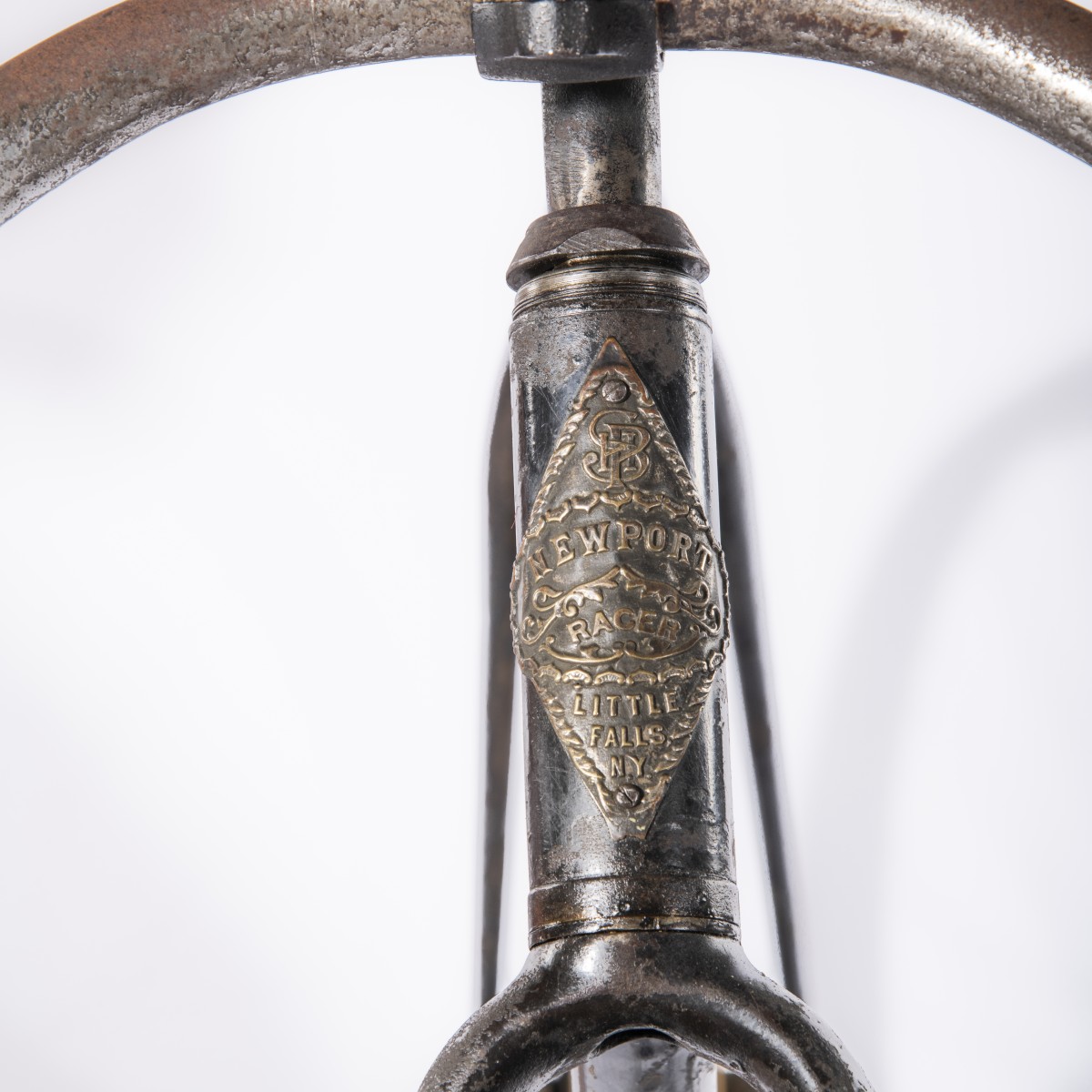
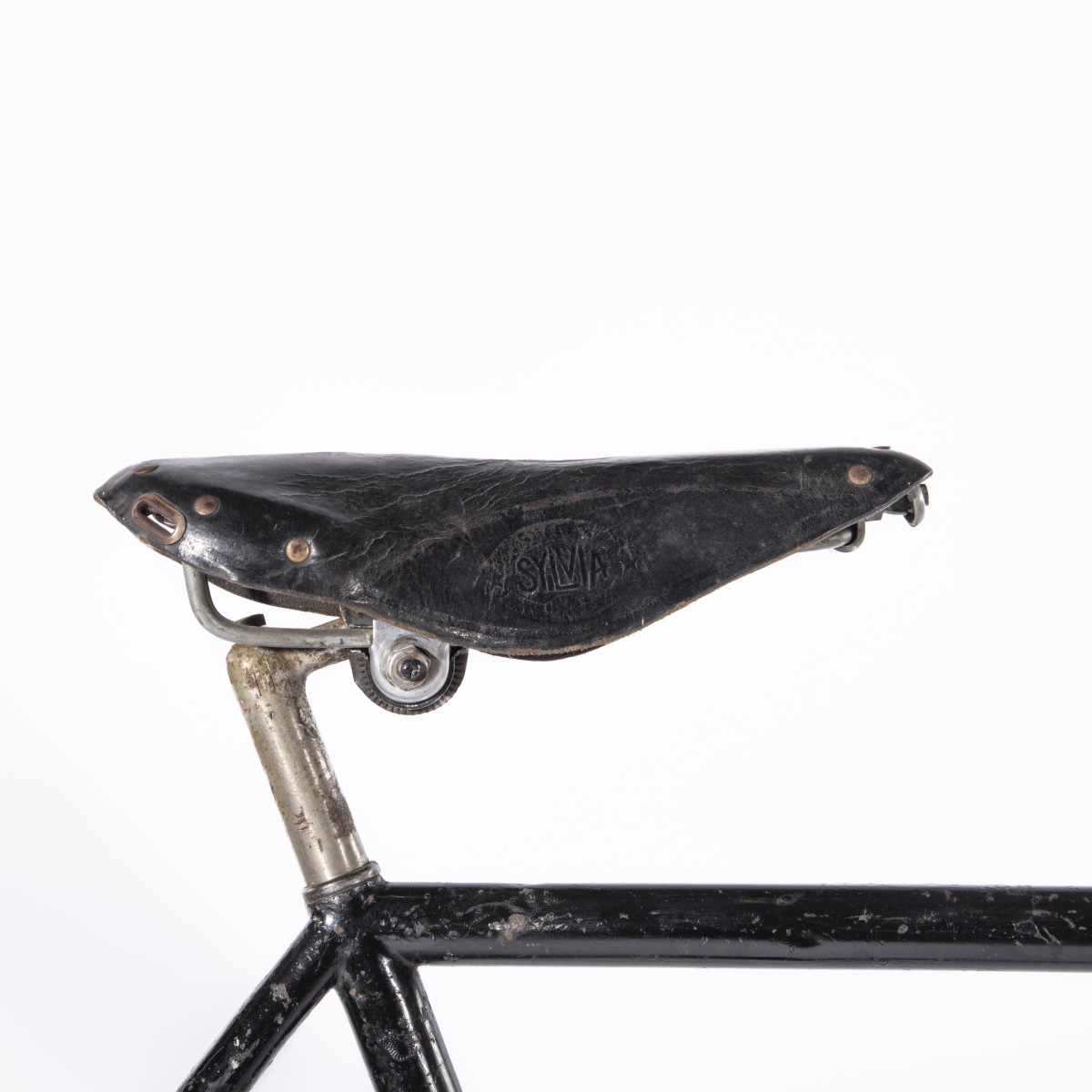
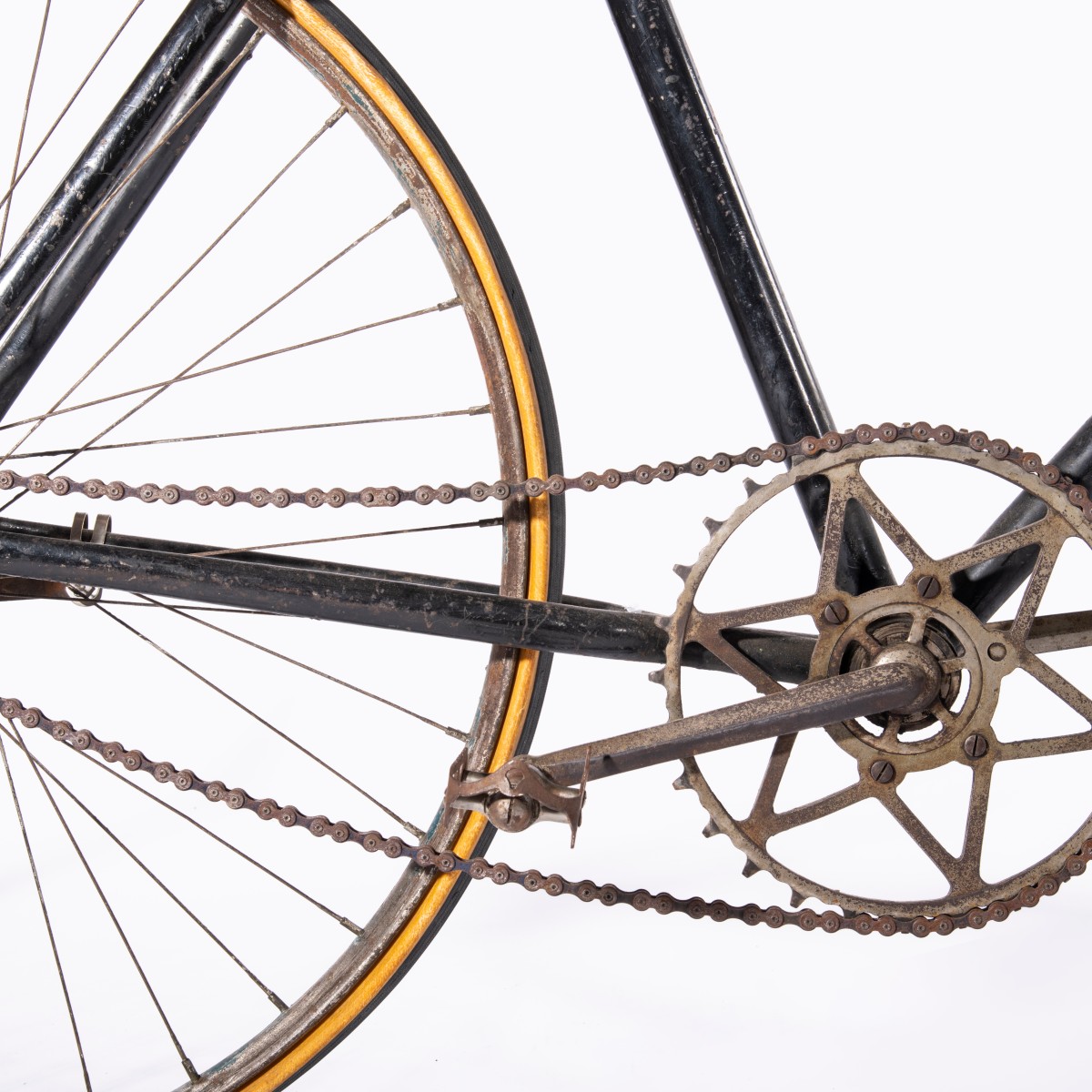











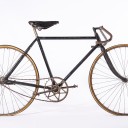


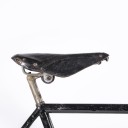

 © collection KOERS
© collection KOERS
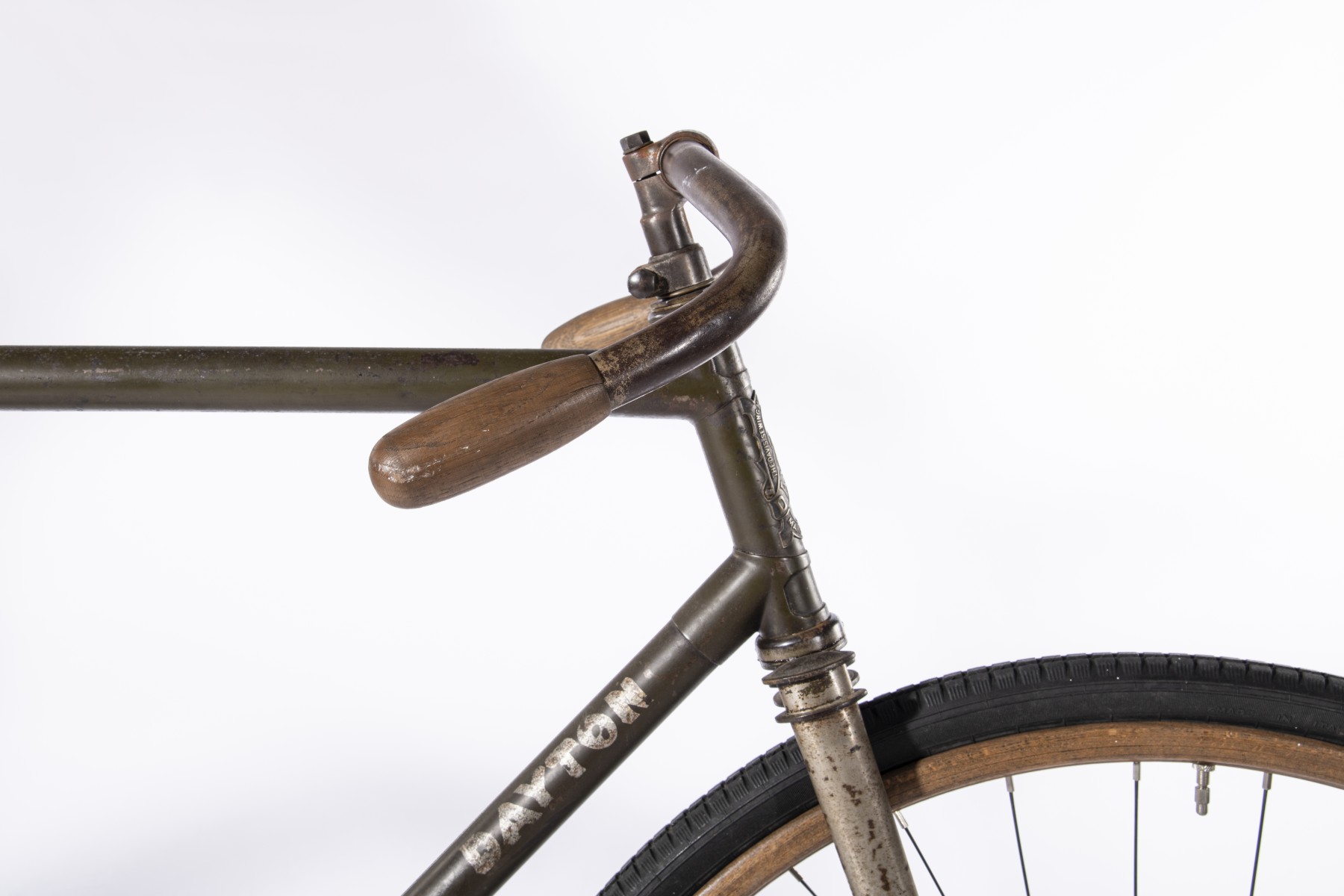 © collection KOERS
© collection KOERS
 © collection KOERS
© collection KOERS
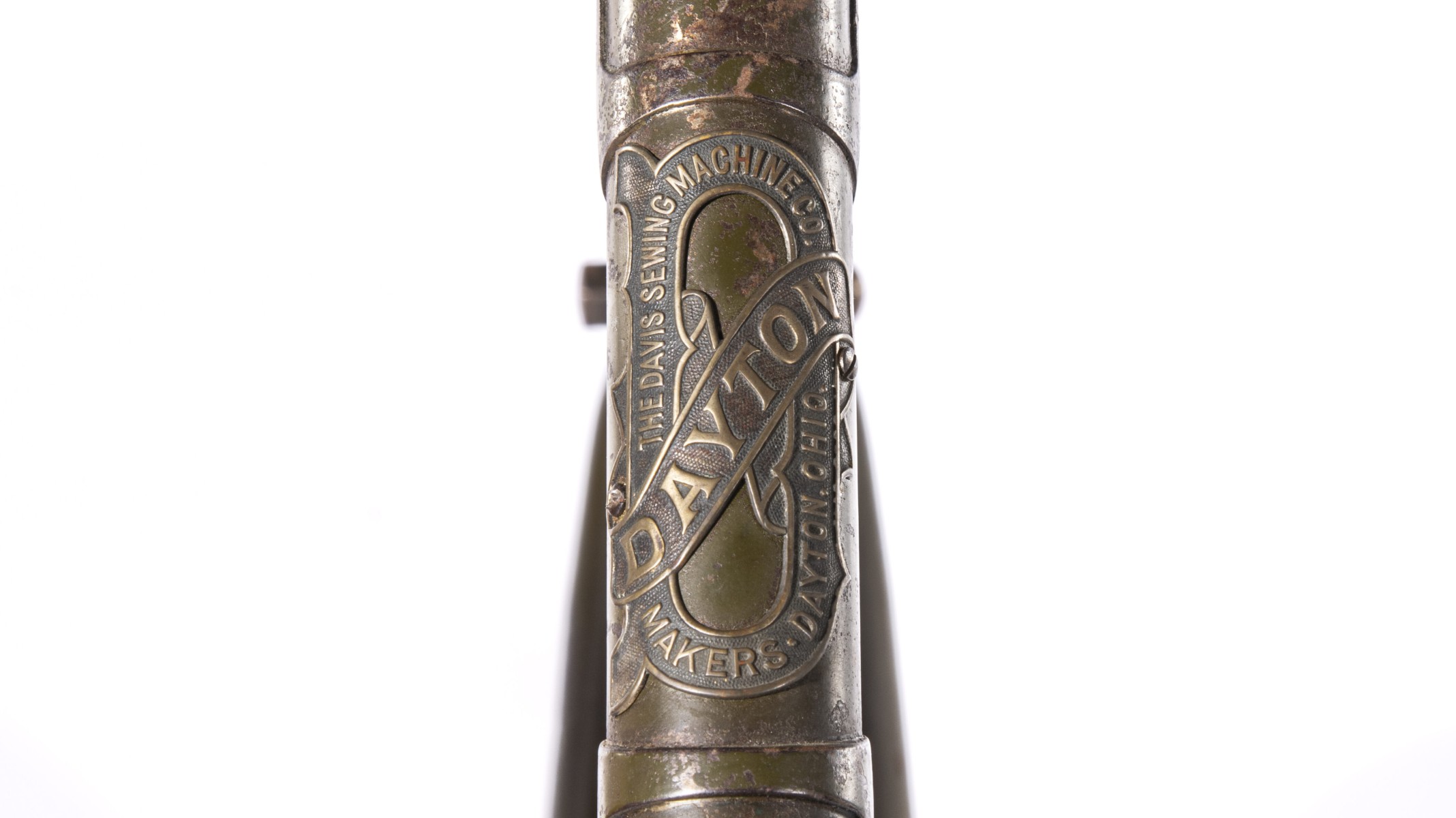 © collection KOERS
© collection KOERS
 © collection KOERS
© collection KOERS
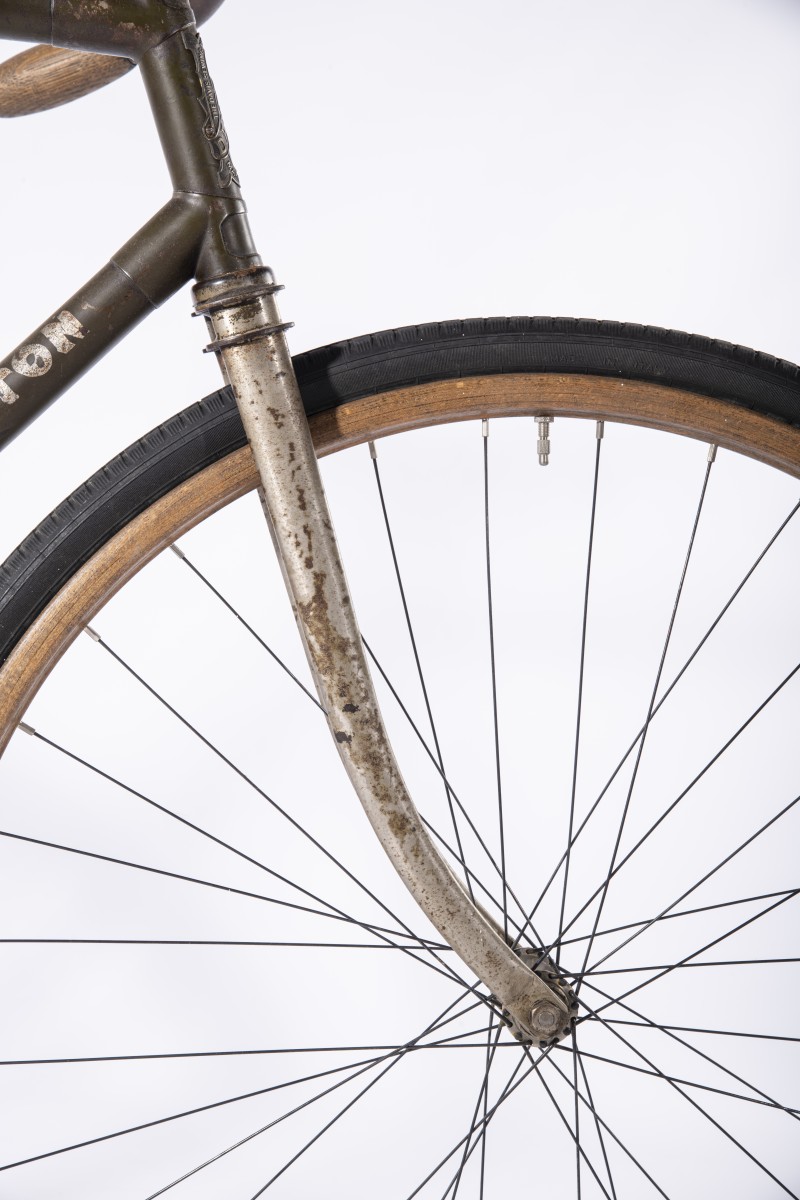 © collection KOERS
© collection KOERS
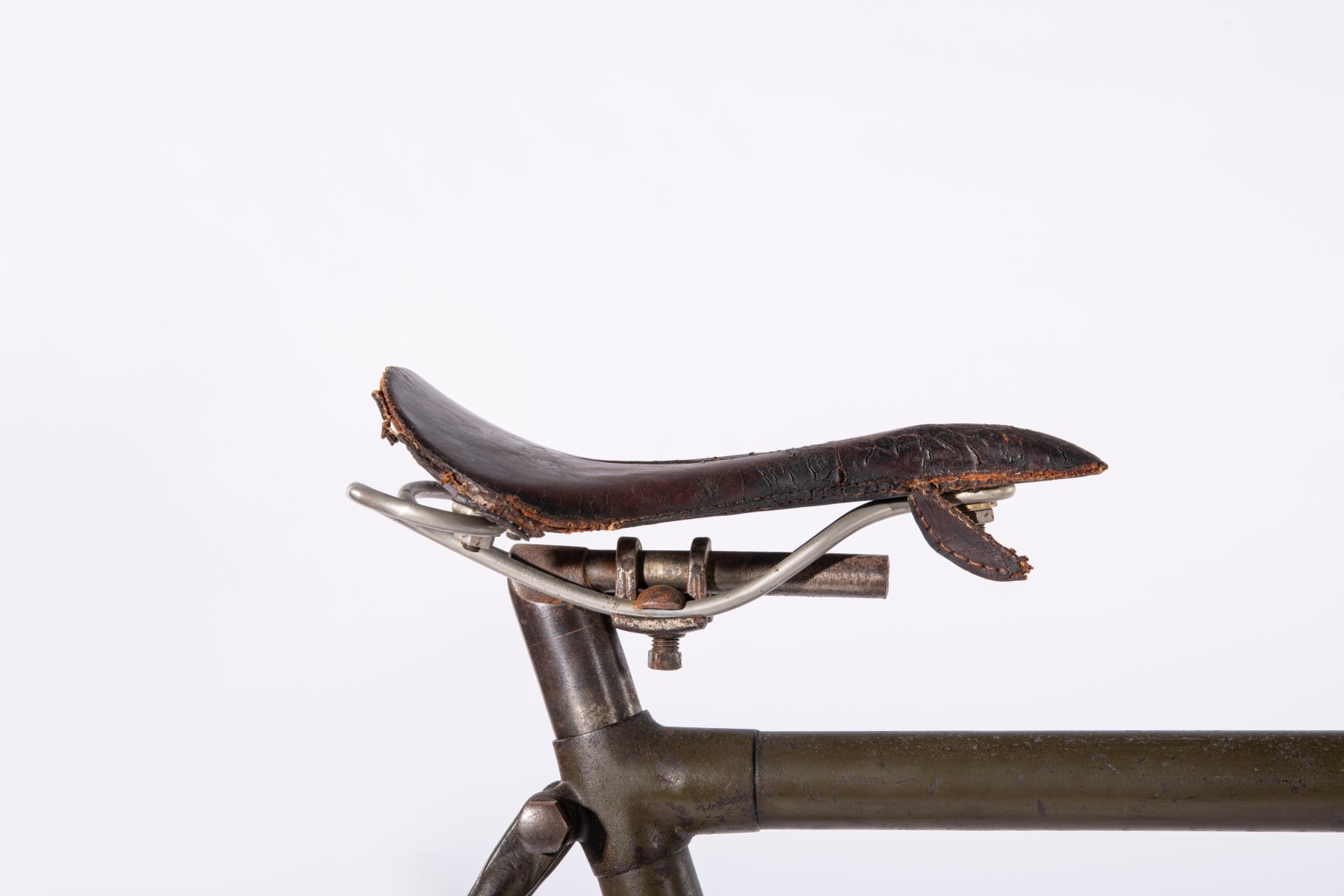 © collection KOERS
© collection KOERS
 © collection KOERS
© collection KOERS







